Rising Demand for Real-Time Data
The tracking as-a-service market is experiencing a notable surge in demand for real-time data analytics. Businesses across various sectors are increasingly recognizing the value of immediate insights for operational efficiency and decision-making. This trend is particularly pronounced in logistics and supply chain management, where companies are leveraging tracking solutions to monitor assets in real-time. According to recent estimates, the market for real-time tracking solutions is projected to grow at a CAGR of approximately 15% over the next five years. This growth is driven by the need for enhanced visibility and responsiveness in operations, which is becoming a critical factor for competitive advantage in the tracking as-a-service market.
Regulatory Compliance and Standards
Regulatory compliance is becoming a pivotal driver in the tracking as-a-service market. As industries face increasing scrutiny regarding data privacy and security, companies are compelled to adopt tracking solutions that adhere to stringent regulations. The implementation of standards such as the General Data Protection Regulation (GDPR) and the California Consumer Privacy Act (CCPA) has heightened the focus on compliance. Organizations are investing in tracking services that ensure data integrity and security, which is expected to account for approximately 25% of the market growth in the coming years. This emphasis on compliance not only mitigates risks but also enhances customer trust in the tracking as-a-service market.
Increased Adoption of Cloud Technologies
The shift towards cloud-based solutions is significantly influencing the tracking as-a-service market. Organizations are increasingly adopting cloud technologies to enhance scalability, flexibility, and cost-effectiveness in their tracking operations. The cloud enables businesses to access tracking services without the need for extensive on-premises infrastructure, thus reducing capital expenditures. As of November 2025, it is estimated that around 70% of companies in the US have migrated at least part of their tracking operations to the cloud. This transition not only streamlines processes but also facilitates the integration of advanced analytics and machine learning capabilities, further propelling the growth of the tracking as-a-service market.
Expansion of E-commerce and Delivery Services
The rapid expansion of e-commerce and delivery services is significantly impacting the tracking as-a-service market. As online shopping continues to gain traction, businesses are increasingly reliant on tracking solutions to manage logistics and enhance customer experience. The demand for efficient last-mile delivery solutions has surged, prompting companies to invest in advanced tracking technologies. It is projected that the e-commerce sector will contribute to a 30% increase in the adoption of tracking services by 2026. This growth is indicative of the critical role that tracking plays in ensuring timely deliveries and maintaining customer satisfaction in the tracking as-a-service market.
Technological Advancements in Tracking Solutions
Technological advancements are driving innovation within the tracking as-a-service market. The integration of cutting-edge technologies such as GPS, RFID, and blockchain is enhancing the accuracy and reliability of tracking solutions. These innovations are enabling businesses to track assets with unprecedented precision, thereby improving operational efficiency. As of November 2025, it is estimated that investments in technology-driven tracking solutions will account for over 40% of the total market expenditure. This trend suggests that companies are prioritizing technology to gain a competitive edge, ultimately shaping the future landscape of the tracking as-a-service market.


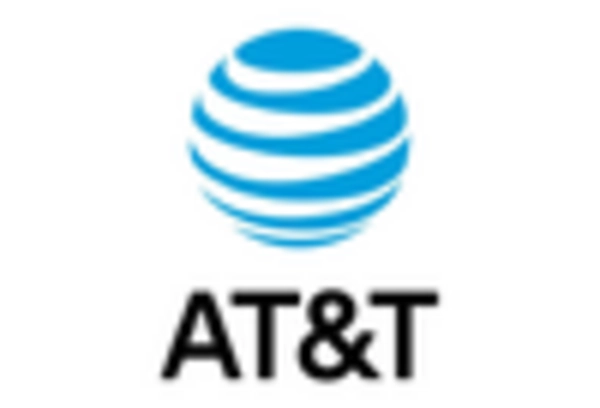
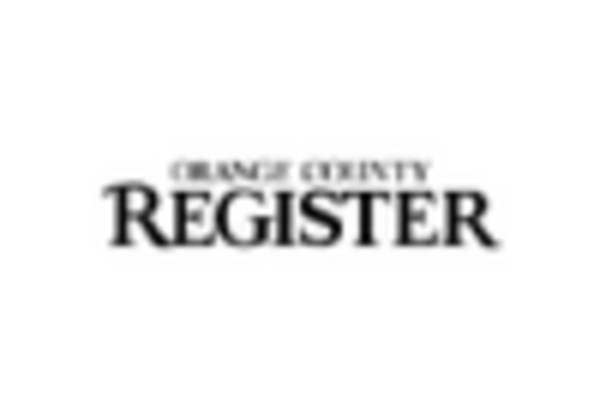

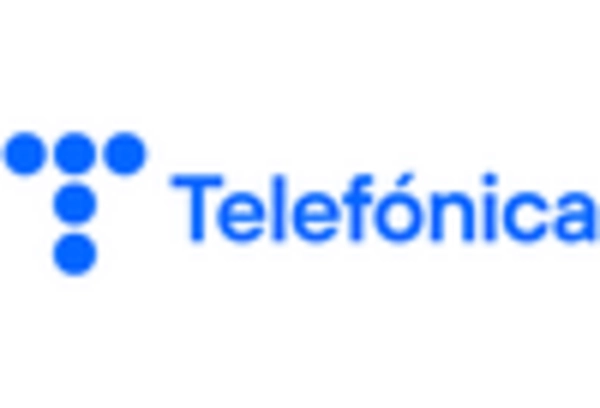
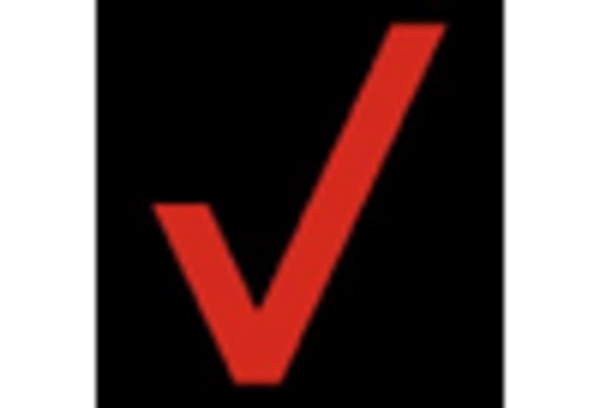
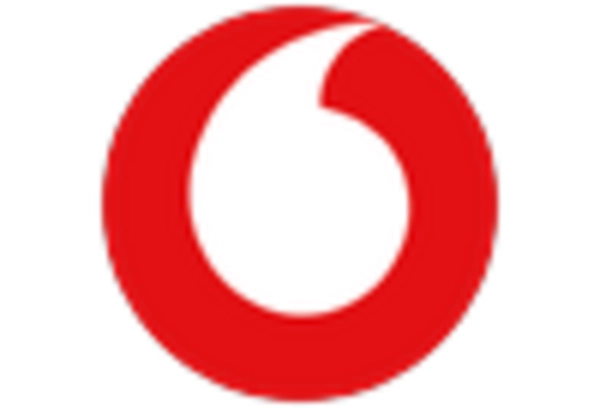








Leave a Comment